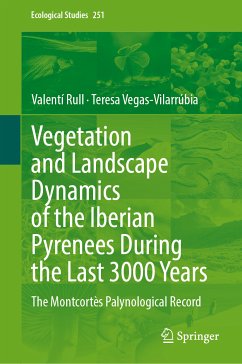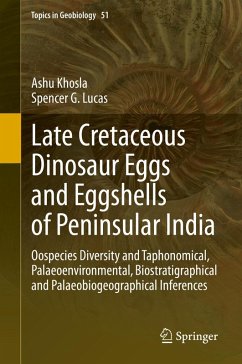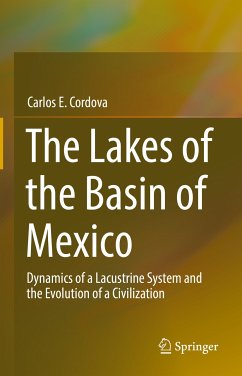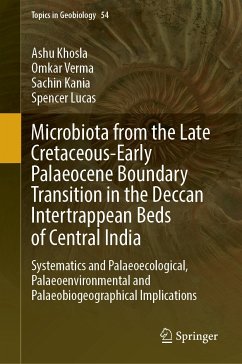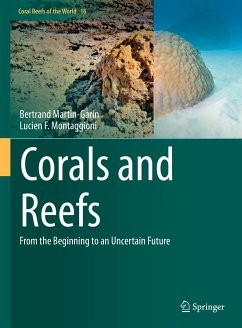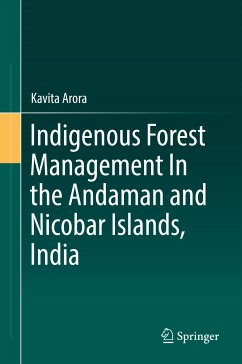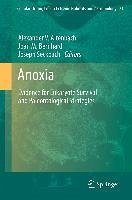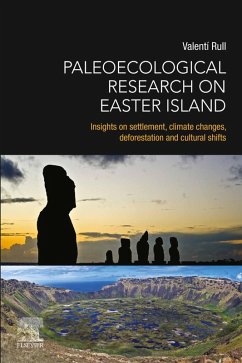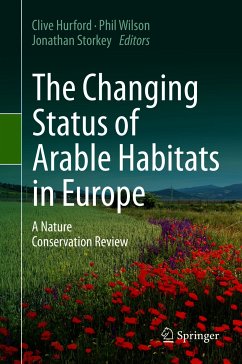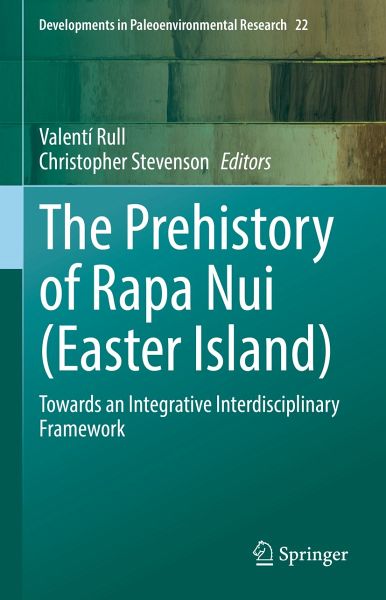
The Prehistory of Rapa Nui (Easter Island) (eBook, PDF)
Towards an Integrative Interdisciplinary Framework
Redaktion: Rull, Valentí; Stevenson, Christopher
Versandkostenfrei!
Sofort per Download lieferbar
175,95 €
inkl. MwSt.
Weitere Ausgaben:

PAYBACK Punkte
88 °P sammeln!
This book addresses the main enigmas of Easter Island's (Rapa Nui, in the Polynesian language) prehistory from the time of initial settlement to European contact with a multidisciplinary perspective. The main topics include: (i) the time of first settlement and the origin of the first settlers; (ii) the main features of prehistoric Rapanui culture and their changes; (iii) the deforestation of the island and its timing and causes; (iv) the extinction of the indigenous biota, (v) the occurrence of climatic shifts and their potential effects on socioecological trends; (vi) the evidence for a cult...
This book addresses the main enigmas of Easter Island's (Rapa Nui, in the Polynesian language) prehistory from the time of initial settlement to European contact with a multidisciplinary perspective. The main topics include: (i) the time of first settlement and the origin of the first settlers; (ii) the main features of prehistoric Rapanui culture and their changes; (iii) the deforestation of the island and its timing and causes; (iv) the extinction of the indigenous biota, (v) the occurrence of climatic shifts and their potential effects on socioecological trends; (vi) the evidence for a cultural and demographic collapse before European contact; and (vii) the influence of Europeans on prehistoric Rapanui society. The book is subdivided into thematic sections and each chapter is written by renowned specialists in disciplines such as archaeology, anthropology, paleoecology, ethnography, linguistics, ethnobotany, phylogenetics/phylogeography and history. Contributors have been invited to provide an open and objective vision that includes as many views as possible on the topics considered. In this way, the readers may be able to compare different of points of view and make their own interpretations on each of the subjects considered. The book is intended for a wide audience including graduate students, advanced undergraduate students, university teachers and researchers interested in the subject. Given its multidisciplinary character and the topics included, the book is suitable for students and researchers from a wide range of disciplines and interests.
Dieser Download kann aus rechtlichen Gründen nur mit Rechnungsadresse in A, B, BG, CY, CZ, D, DK, EW, E, FIN, F, GR, HR, H, IRL, I, LT, L, LR, M, NL, PL, P, R, S, SLO, SK ausgeliefert werden.



